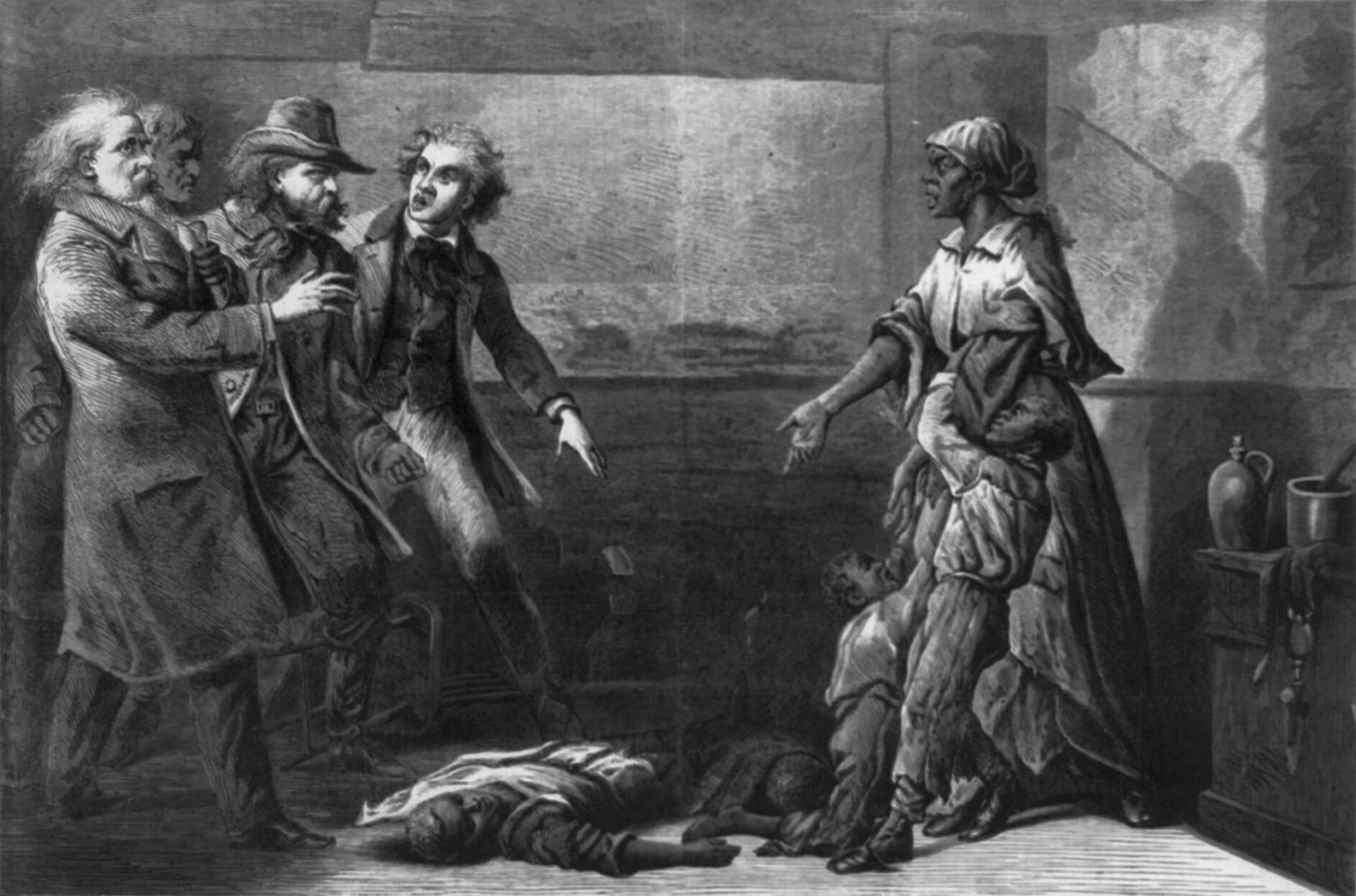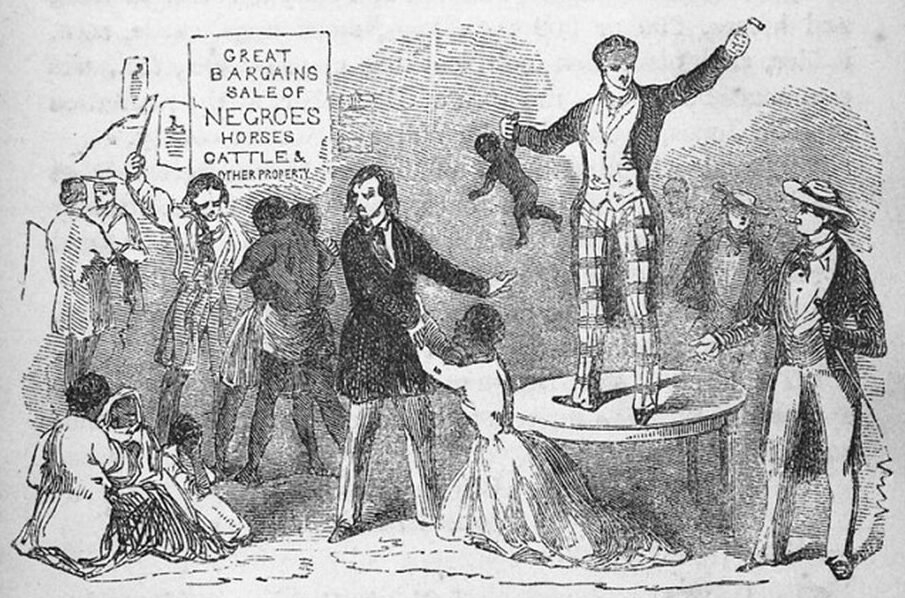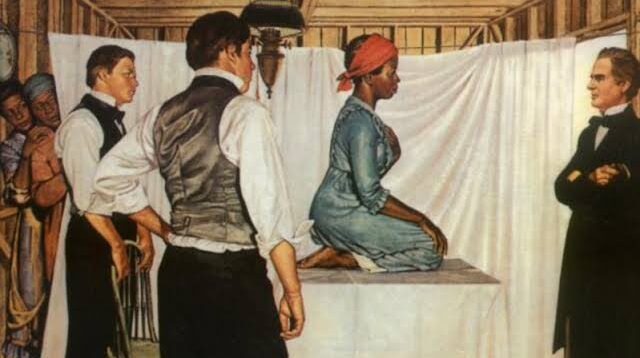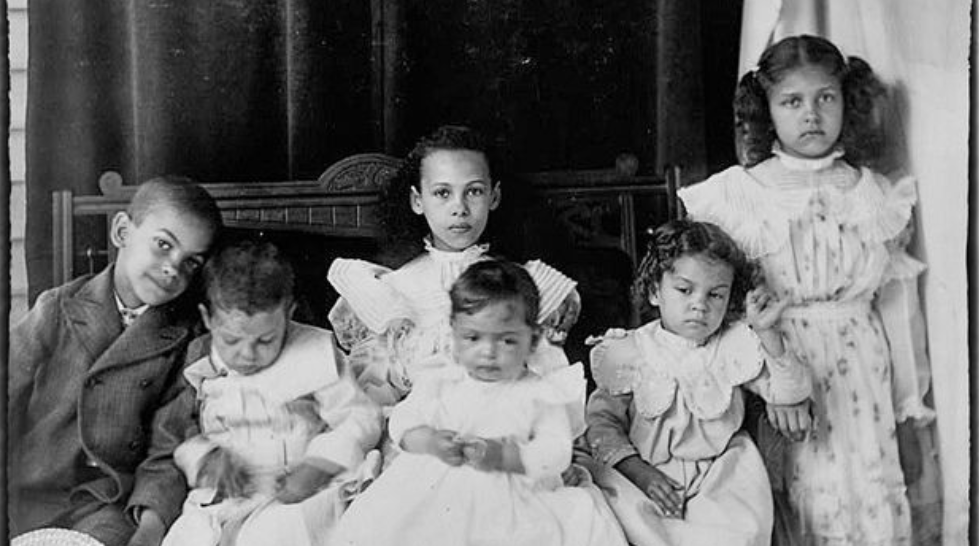In American history, the Antebellum period refers to the aftermath of the War of 1812 to the onset of the Civil War (1861-1865), which was marked by the institution of slavery, an oppressive racist system that impacted every aspect of life for enslaved individuals, specifically of African descent. Within this dark chapter, childhood – a time that is often associated with innocence, wonder, curiosity, and carefree living – was filled with hardship, uncertainty, broken family bonds, loss of agency and innocence for those who were born into slavery. Such inescapable destiny was forced by law (partus sequitur ventrem) onto children who were doomed to “follow the condition of the mother” (Chapter 7 “The Lover”, Jacobs) if she was a slave. Even if the father was a free black man, even if the father was white, “the offspring are unblushingly reared for the market (Chapter 9 “Sketches Of Neighboring Slaveholders”, Jacobs) which allowed the maintenance of the cycle of free human surplus in the system.

Five former slave children in 1860. Since slave children were not fully functional workers, they were given smaller rations than adults and sometimes not even given clothes. It appears not to have been an unusual sight to see naked children on plantation and even when clothing was provided, it was rarely replaced as they got older. From News Dog Media
Through the narrative of Harriet Jacobs “Incidents in the Life of a Slave Girl,” we are introduced to the first-hand experience and heart-wrenching story that explores the tragic realities faced by enslaved children, whose mothers were “considered of no value, unless they continually increase[d] their owner’s stock. [Women were] put on a par with animals” (Chapter 9 “Sketches Of Neighboring Slaveholders”, Jacobs) as a breeding tool, and their newborn child would simply be an addition to [their master’s] stock of slaves” (Chapter 11 “The New Tie To Life”, Jacobs).

The Modern Medea (1867), an illustration of Margaret Garner, an escaped enslaved African American who in 1856 killed her daughter to ensure she was not returned to slavery
In the third chapter “The Slaves’ New Year’s Day,” Jacobs refers to the New Year’s period, a time when a free woman is “happy” as there is nothing that can take her apart from her children but death. However, “the slave woman instead wishes to be dead, knowing that she can be parted from her children”. Jacobs mentions a woman whose “wild, haggard face” she could not forget, whose seven children were cruelly sold far away, leaving the mother in a state of perpetual anguish, helplessness, and uncertainty. This separation of families, a common practice during slavery, represents a profound rupture of the natural bonds that tie parents and children together. The pain inflicted by such acts of separation cuts deeper than any physical wound, leaving lasting emotional scars and robbing enslaved individuals of the joys and comforts that should be inherent in the parent-child relationship.

To Remake the World: Slavery, Racial Capitalism, and Justice — By Walter Johnson » slave-auction-husbands-wives-families-sold-separated-910×512
The loss of innocence lays in the dehumanizing nature of slavery. If an enslaved individual wanted to be free, they had to “purchase [their] freedom” (Chapter 2 “The New Master”, Jacobs), which is nonsensical as it denies individuals their inherent rights and freedoms. People were considered commodities, bought and sold as property, with no control over their own lives or the lives of their loved ones.
As Jacobs recounts her experiences, she portrays the forced transition from childhood to a harsh and unforgiving adulthood. At 15, like many other enslaved girls, she is thrusted into a world where her body and autonomy are violated. Jacob’s master told her that she “must be subject to his will in all things”, […] and [s]oon she will learn to tremble when she hears her master’s footfall. She will be compelled to realize that she is no longer a child. If God has bestowed beauty upon her, it will prove her greatest curse” (Chapter 5 “The Trials Of Girlhood”, Jacobs).

This 1952 painting by Robert Thom is the only known representation of Lucy, Anarcha and Betsey. Pearson Museum, Southern Illinois University School of Medicine
The relentless and coercive attempts to violate Harriet Jacobs’ body, coupled with the conflicting emotions of shame and resistance, vividly illustrate the profound loss of innocence imposed upon her against her will. Her master’s pressure to submit and her grandmother’s disappointment in losing Jacobs’ purity compound the anguish she endures. Jacobs powerfully expresses her sense of despair, stating that “nothing seemed more dreadful than [her] present life.“ (Chapter7 “The Lover”, Jacobs). In Chapter 9, “Sketches Of Neighboring Slaveholders,” Jacobs writes:
“No pen can give an adequate description of the all-pervading corruption produced by slavery. The slave girl is reared in an atmosphere of licentiousness and fear. The lash and the foul talk of her master and his sons are her teachers. When she is fourteen or fifteen, her owner, or his sons, or the overseer, or perhaps all of them, begin to bribe her with presents. If these fail to accomplish their purpose, she is whipped or starved into submission to their will.“
This further sheds light on the atmosphere of licentiousness and fear in which enslaved girls are raised. Their masters and overseers exploit their vulnerability through bribery, punishment, and coercion, further eroding their innocence and subjecting them to a life of degradation and submission.

African American children posed for Porch Portrait in Georgia in 1899. Daniel Murray Collection (Library of Congress)
In conclusion, Harriet Jacobs narrative “Incidents in the Life of a Slave Girl” highlights the profound loss of innocence endured by enslaved children during the Antebellum era. Her story is a stark testament to the urgent need for justice and the dismantling of systems built on racism and oppression. Through understanding and acknowledging this painful history, we can strive to create a more just and equitable world, where the wellbeing of all children is protected and cherished.
To learn more about the unique experiences of Black women during slavery, please watch the video below.


